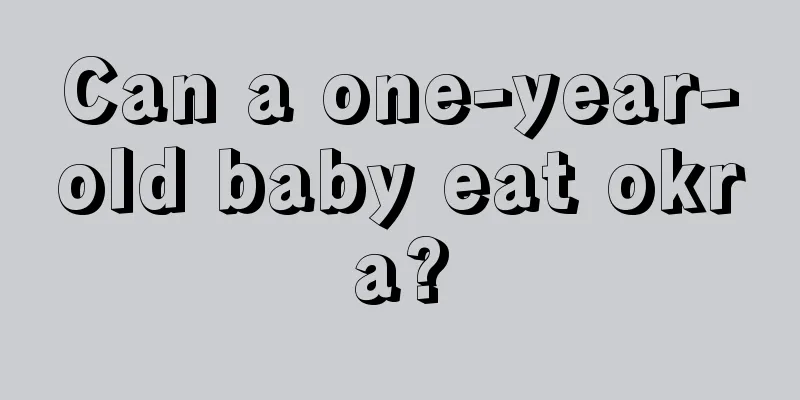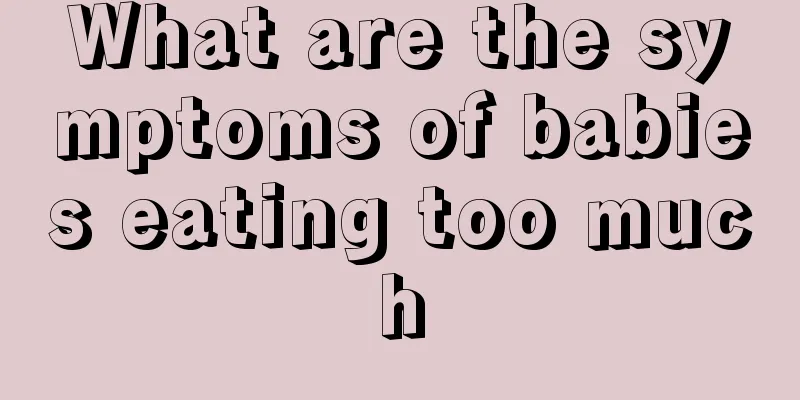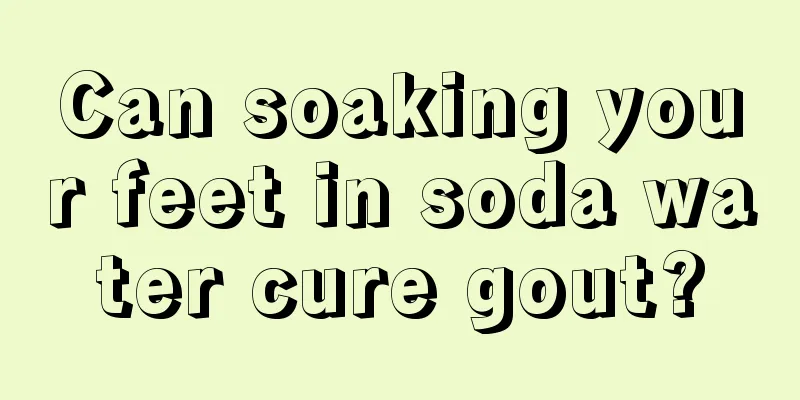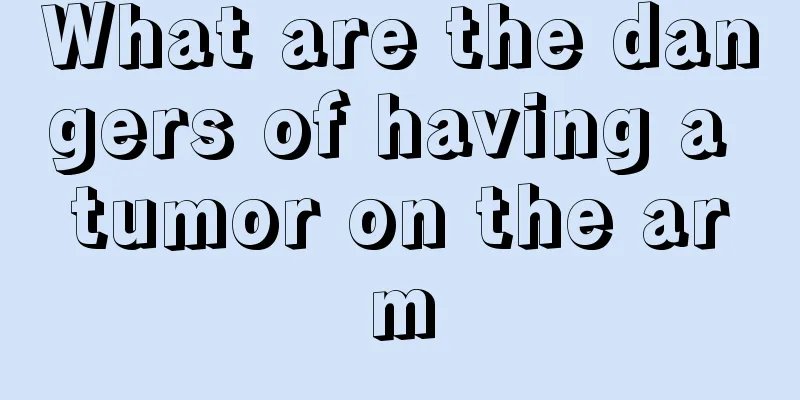What is lumbar disc herniation? Pay attention to these symptoms
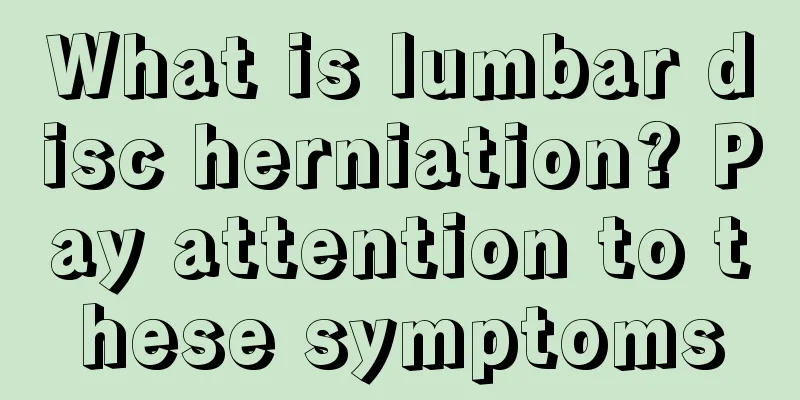
|
In the past, patients suffering from lumbar disc herniation were generally older, but now more and more young people are suffering from lumbar disc herniation. The lower back pain is obvious, and there is also radiating pain in the lower limbs. Appropriate treatment methods are needed. 1. Limited lumbar movement: The flexion and extension movement of the lumbar spine in patients with lumbar disc herniation is closely related to the degree of disc herniation. If the annulus fibrosus is not completely ruptured, the lumbar spine will be in a flexed position with limited extension. 2. Numbness: Some patients with lumbar disc herniation do not experience pain in the lower limbs, but only numbness in the limbs. This is mostly caused by the intervertebral disc tissue compressing the proprioceptive and tactile fibers of the nerves. The reason for the disturbance of sensation on the outer side of the thigh is mostly due to bulging of the annulus fibrosus or joint degeneration, not due to protrusion of the intervertebral disc. 3. Low back pain: Low back pain is the first symptom that occurs in most patients with this disease, with an incidence rate of about 91%. A small number of patients only have leg pain but no back pain, so not every patient will experience back pain. Some patients first experience low back pain, then leg pain after a period of time. At the same time, the low back pain subsides or disappears on its own, and they only complain of leg pain when they come to the doctor. 4. Radiating pain in the lower limbs: Low back and leg pain is prone to occur after trauma, fatigue and cold, each lasting about 2 to 3 weeks and can gradually ease. Any factors that increase abdominal pressure, such as coughing, straining during bowel movements, laughing, sneezing, lifting heavy objects, chronic coughing, etc., can easily induce low back and leg pain, or aggravate existing low back and leg pain. 4. Scoliosis: This is a postural deformation adopted by patients with lumbar disc herniation to relieve pain. The main symptom is that the lumbar vertebrae bend to the left or right. Touching the spinous process in the middle of the back can reveal that the spinous process is crooked. However, this is not a specific sign of lumbar disc herniation. About 50% of normal people also have crooked spinous processes. |
<<: Lumbar disc herniation compresses nerves, early treatment reduces harm
>>: Treatment methods for lumbar fractures, treatment and care are the most important
Recommend
What supplements can elderly people with uterine cancer take
Uterine fibroids are one of the common gynecologi...
Is makeup remover water or makeup remover oil better?
Now more and more female friends have joined the ...
Can I lose weight by eating yogurt for dinner?
Many people love to eat yogurt. It is indeed a fo...
Is adult jaundice difficult to treat?
The difficulty of treating jaundice in adults dep...
Can anemia be improved through blood transfusion?
Anemia is a very common disease in daily life. It...
I didn't have bad breath before, but now I have it
In fact, bad breath has many causes. Some people ...
What is the approximate cost of treating nasopharyngeal cancer?
Many throat cancer patients suffer from the torme...
How to remove oil stains from clothes
When we eat, we may accidentally get a lot of oil...
Honeycomb treats allergic rhinitis
A beehive is the place where bees live and reprod...
Three major diagnostic methods for gastric cancer
Gastric cancer is a type of cancer that occurs in...
Treatment of esophageal cancer
Esophageal cancer should emphasize early detectio...
Why is there white stuff on armpit hair
In the summer, people sweat more and some problem...
How to judge whether walnuts are spoiled
People think that nuts are very nutritious. Some ...
How to relieve itching from mite bites
If you are bitten by mites, it is easy to cause i...
Can pituitary tumors be completely cured?
Pituitary tumors are common intracranial tumors t...
